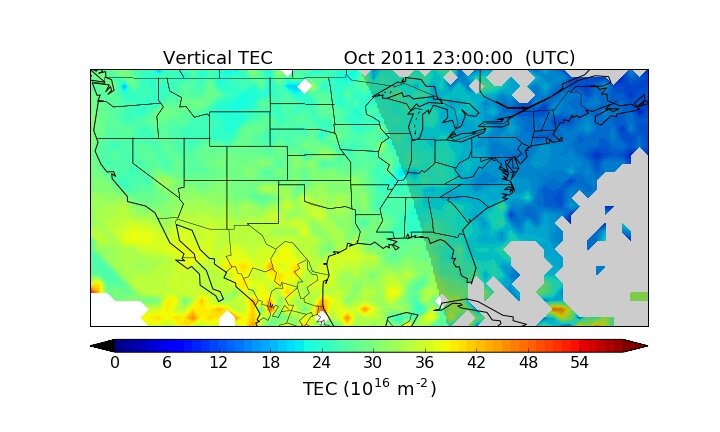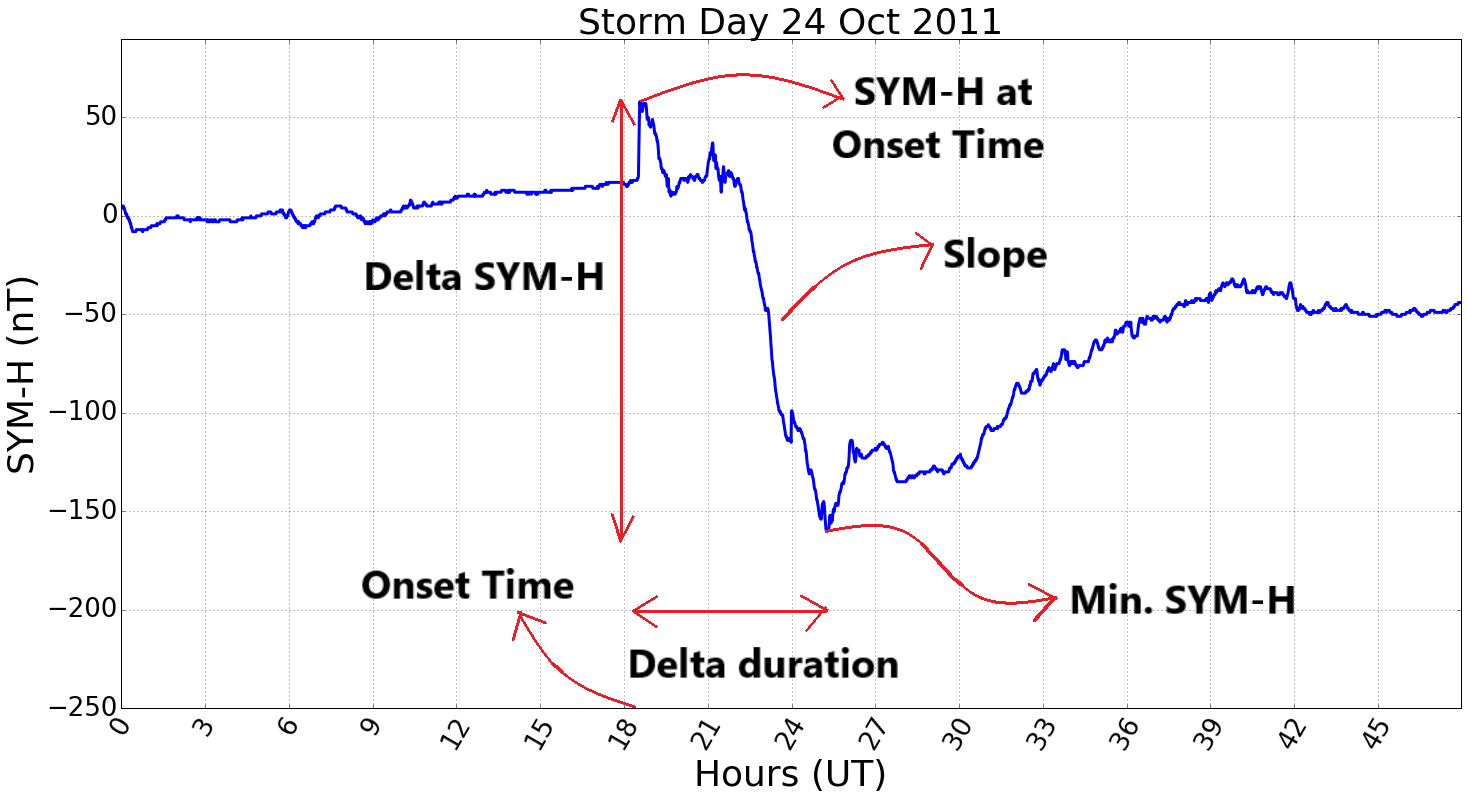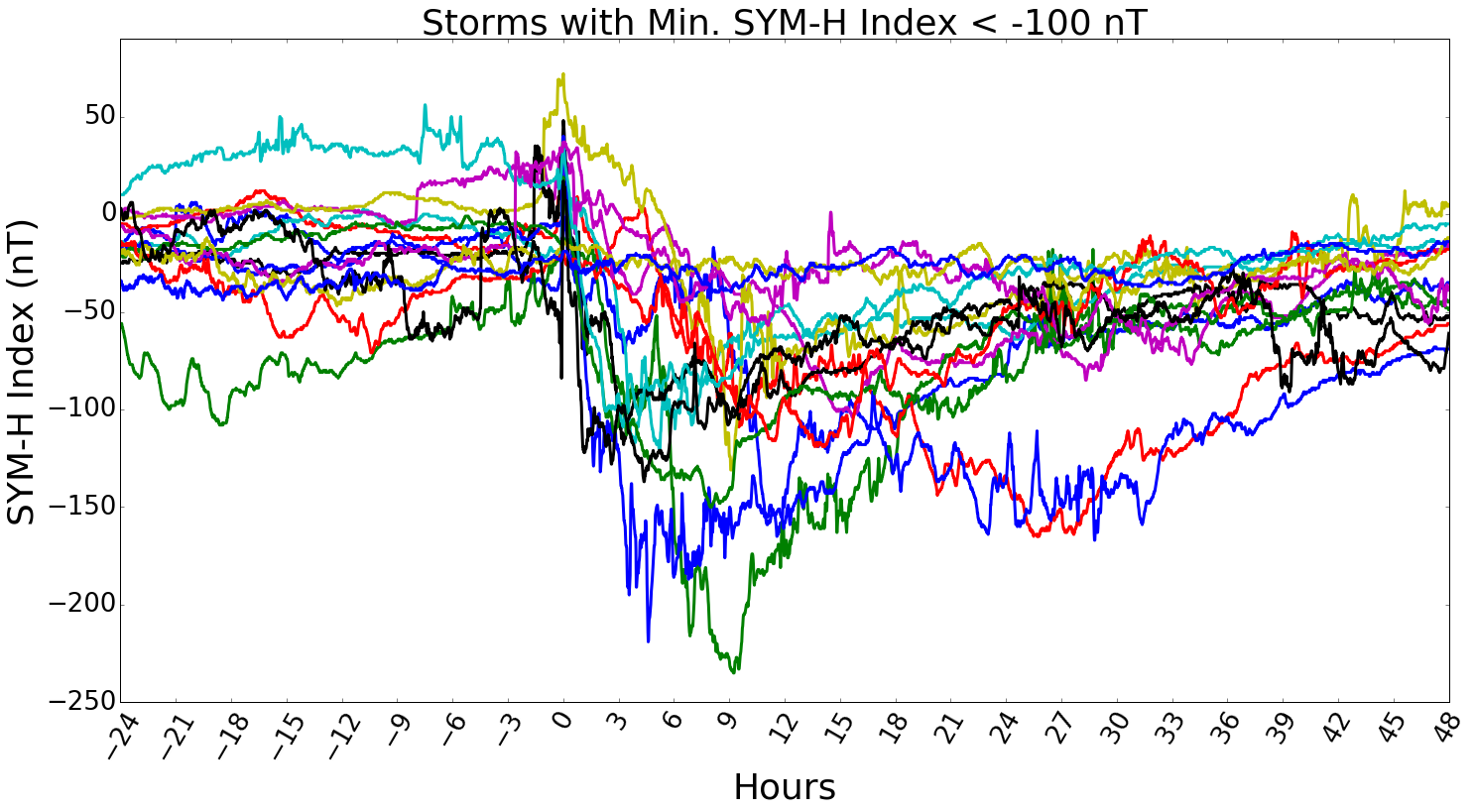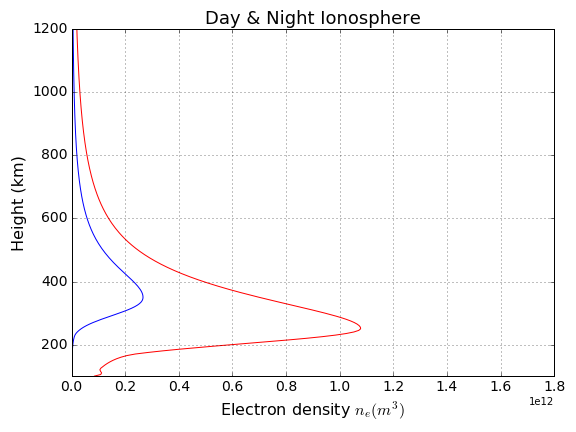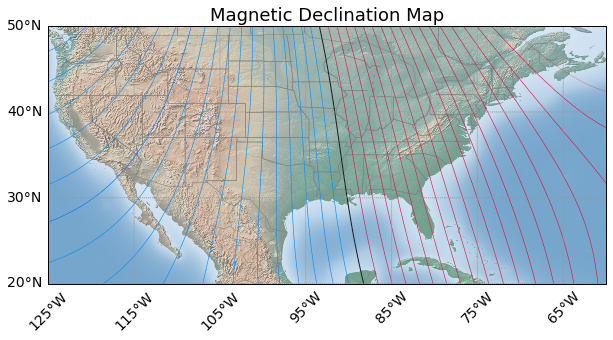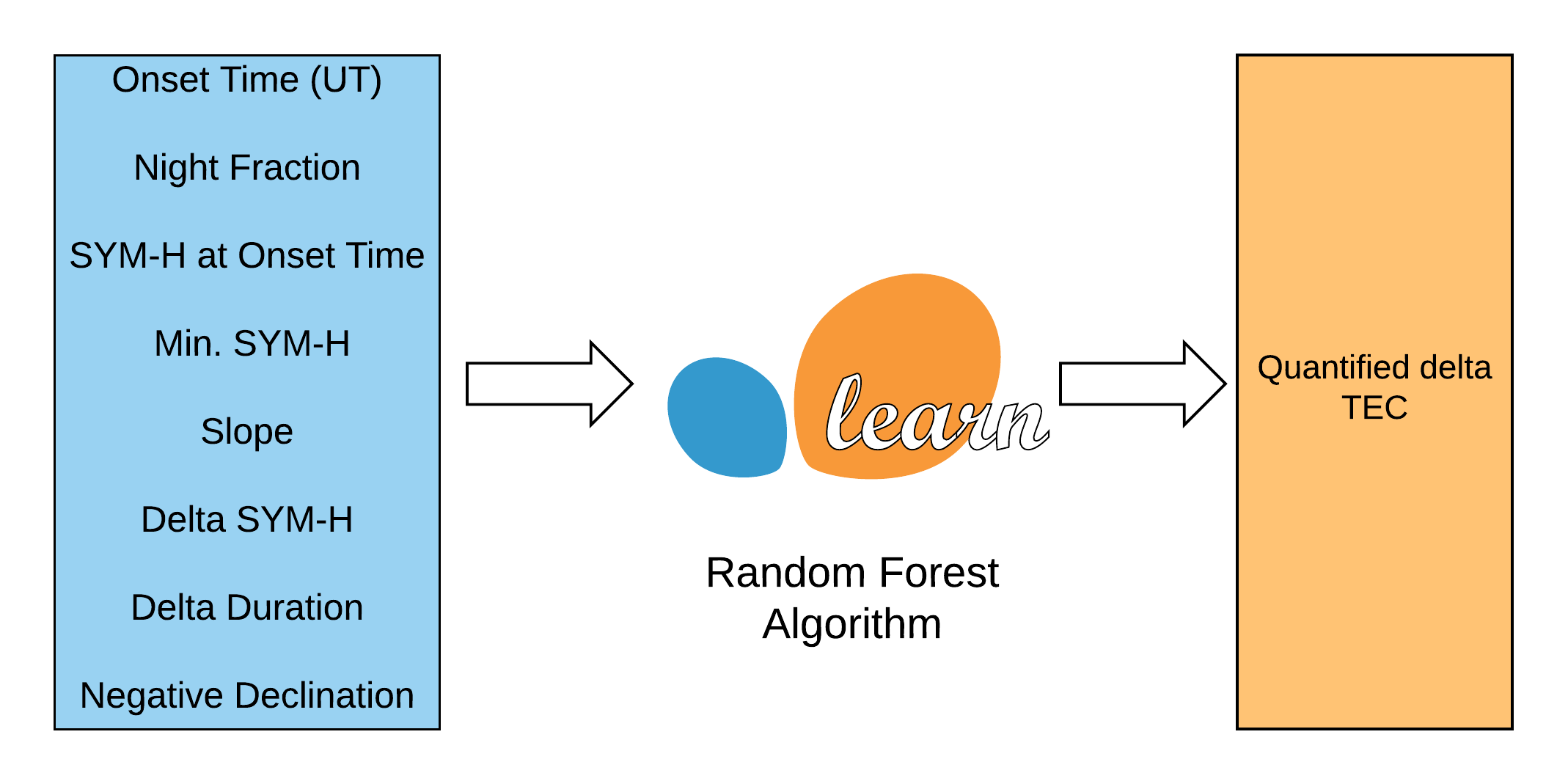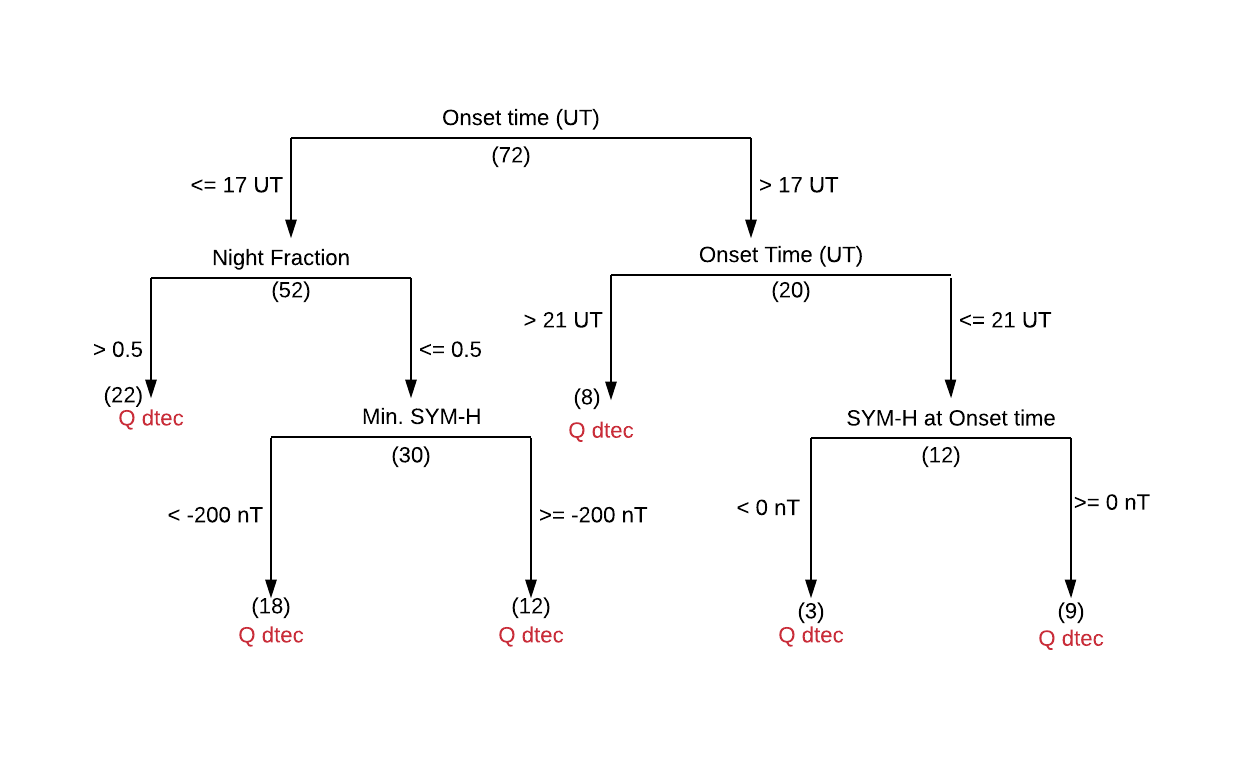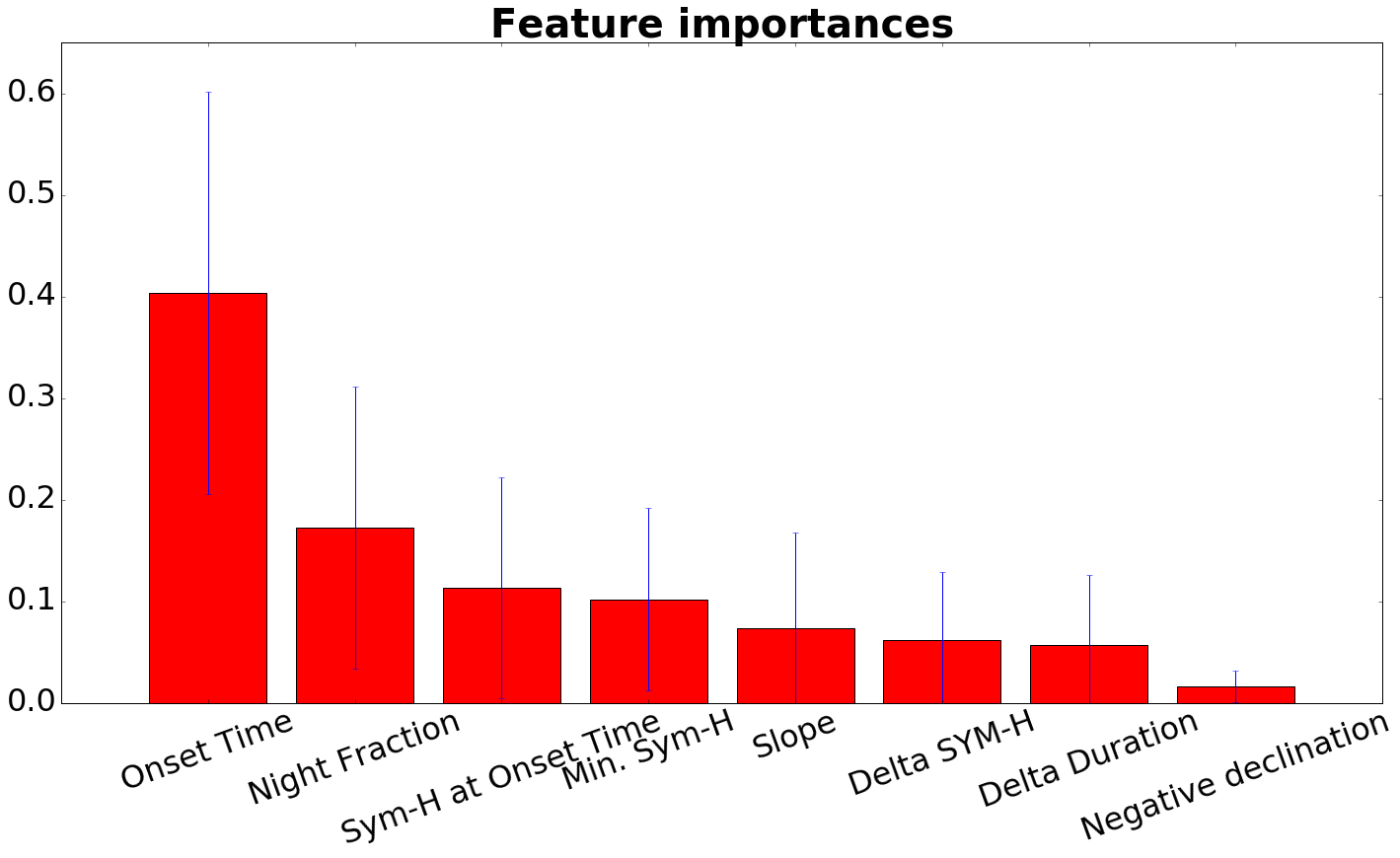
Quantification of Effect of Solar Storms on TEC over U.S. Sector Using Machine Learning
A study of large solar storms in the equinox periods of solar cycles 23 and 24 is presented to quantify their effects on the total electron content (TEC) in the ionosphere. We study the dependence of TEC over the contiguous US on various storm parameters, including the onset time of the storm, the duration of the storm, its intensity, and the rate of change of the ring current response. These parameters are inferred autonomously and compared to TEC values obtained from the CORS network of GPS stations. To quantify the effects, we examine the difference between the storm-time TEC value and an average of 5 quiet days during the same month. These values are studied over a grid with 1 deg x 1 deg spatial resolution in latitude and longitude over the US sector. Correlations between storm parameters and the quantified delta TEC values are studied using machine learning techniques to identify the most important controlling variables. The weights inferred by the algorithm for each input variable show their importance to the resultant TEC change. The results of this work are compared to recent TEC studies to investigate the effects of large storms on the distribution of ionospheric density over large spatial and temporal scales.
Documentation: Journal Paper | Master’s Thesis | AMS 2018 Best Presentation Award | AGU 2019 Abstract
